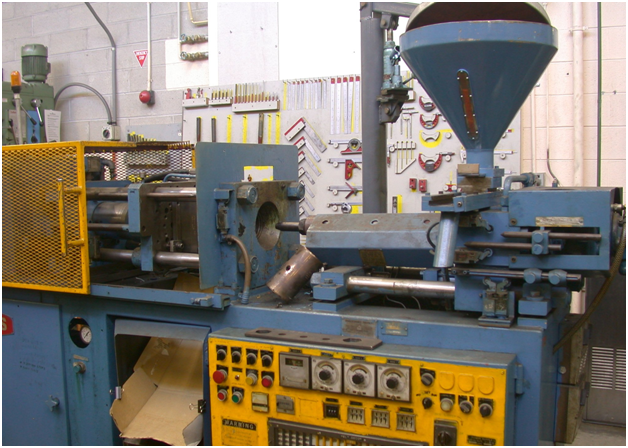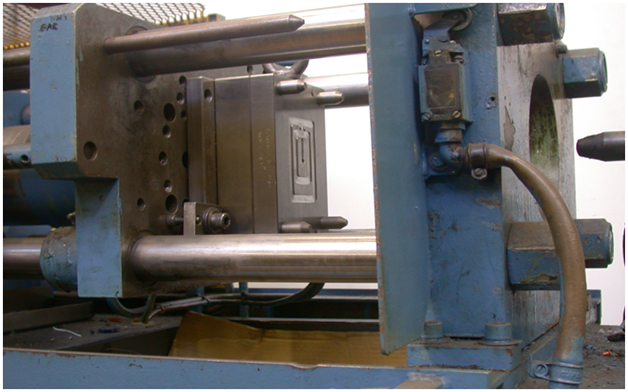Many manufacturers do not realise how much they could save by switching to parts made from modern plastics and produced using plastic injection moulding. The situation mirrors that in the 1950s, when the early engineering-grade resins began to be produced. Manufacturers who did not know about these versatile new materials and their uses handed a competitive advantage to the companies that were quick to realise the potential of the new resins.

Since then, plastics have become very cost effective; as a result, they have taken the place of metal parts in many manufacturing industries. Companies that switch from metal parts to plastic injection moulding generally save between 25 and 50 per cent on their production costs.
Advantages of plastics
It is not simply that plastic is a cheaper material; in addition, highly accurate production runs at very high volumes are possible. Plastic has a higher tensile strength than many materials, yet it is lighter, more corrosion resistant, and more durable. As it can be used flexibly in designs, the manufacturing process is faster and cheaper, with less waste. Plastics are therefore ideal for recurring applications.
Smart functionality, system integration and robotics are all now being used in the plastic moulding industry, as reported recently by Injection World magazine.

Experts in plastic moulding in the UK, such as http://pnplastics.co.uk/, are also pushing ahead with the development of smart manufacturing and automation.
Further savings from plastic’s flexibility
Further savings are made when a single plastic part can be designed to replace several metal parts. Injection moulding using plastic does not need as many secondary items as when making metal parts; therefore, both time and money are saved during the manufacturing process. Many parts need to be colour coded, for example, or are coloured to make them more appealing to end users, which can involve painting or laser colouring methods. With plastic, the required colour is specified as part of the production process, meaning these extra steps are eliminated.
As plastic parts are cheaper, some manufacturers choose to improve the quality of the parts they are using. This has the advantage that parts need replacing less often. There are therefore cost-saving opportunities at many points along the cycle when manufacturers switch to plastic parts. As innovation in plastics gathers pace, it is increasingly replacing metal in manufacturing.